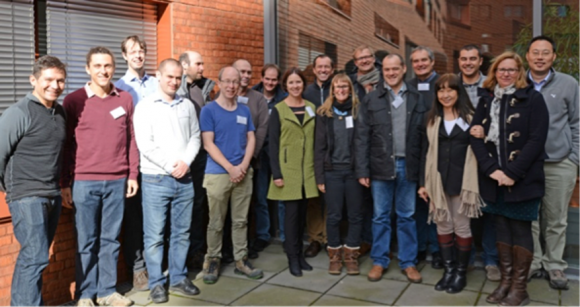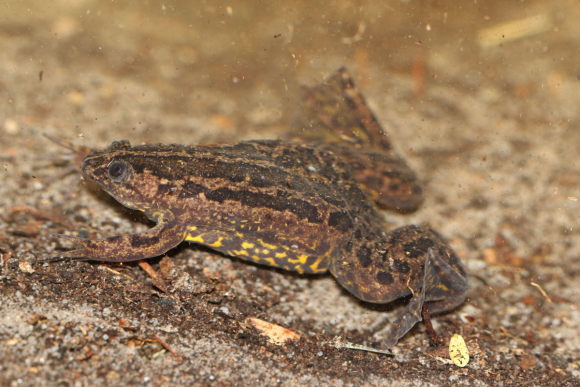13 December 2021 | By Sophia Turner
A recent study by Jesse Kalwij, former C∙I∙B MSc student, Sophia Turner, and C∙I∙B Core Team member, Karen Esler, shows that human activities are the primary cause of exotic species introduction and expansion up the Sani Pass, as well as from the disturbed road verges into the adjacent natural area. Despite a surge of research on exotic species in alpine habitats, a lack of reliable baseline data has inhibited long-term understanding about exotic species dynamics in mountain ecosystems across the world. A longitudinal study of species invasion in the Drakensberg region of South Africa provides an important exception.
By resurveying exotic species richness and composition in transects ten years after an initial survey, conducted in 2007, the authors were able to uncover in exotic species richness and composition.
They found that over time, not only has exotic species richness remained spatially clustered around four points of introduction – the two passport control areas, a picnic site, and an old trading post – but has also increased along the entire elevational gradient. This shows that human-mediated dispersal is the primary cause of exotic species increase along the pass.
Furthermore, the exotic species composition between road verge and natural transects has begun homogenizing over the past decade. Most of the exotic species occurring in this area are hardy species that thrive in disturbed habitats. So, the combination of regular colonization pressure with suitable habitat has allowed for their spread beyond the confines of the road verge, compromising the adjacent natural vegetation.
These results show that mountain roads are far better conduits for exotic species expansion than previously assumed, which is likely due to the continual road maintenance. Since private vehicles are generally cleaned more regularly than construction vehicles, road maintenance rather than regular traffic introduces more propagules to the area.
“Each new invasion starts with a single propagule,” said Dr Jesse Kalwij. “For example, we observed an individual Parthenium hysterophorus at an active construction site — the first recorded observation of this invasive alien species in the study area. Since these construction vehicles originated from an area where P. hysterophorus is particularly abundant (Richards Bay, South Africa; approximately 400 km from the study area), it is a plausible assumption that a construction vehicle was the dispersal vector in this case.”
The Sani Pass is part of one of South Africa’s eight World Heritage Sites, therefore preserving its ecosystem integrity of this area is of high value. The fact that the spread of exotic species is human-mediated means that it can be managed.
“The temporal nature of this study allowed us to identify which species were successful colonizers over a decade,” said Sophia Turner, “in doing so, we were able to identify invasion pathways specific to those successful species, thereby aiding targeted management.”
Read the full paper
Turner, S.C, Esler, K.J.E. and Kalwij, J.M. (2021) Road verges facilitate exotic species expansion into undisturbed natural montane grasslands. Applied Vegetation Science. https://doi.org/10.1111/avsc.12615
For more information, contact Sophia Turner at sturne62@vols.utk.edu




